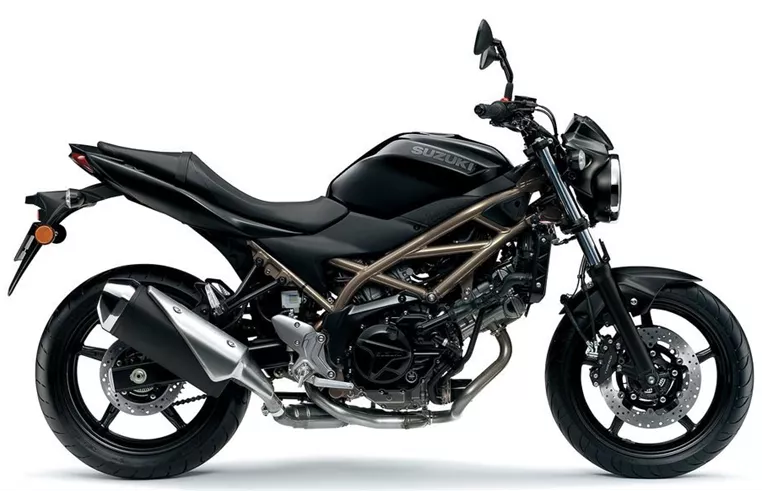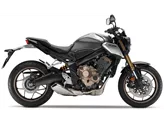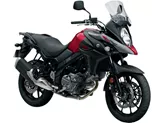Suzuki SV 650 2021 vs. Kawasaki Z900 2021
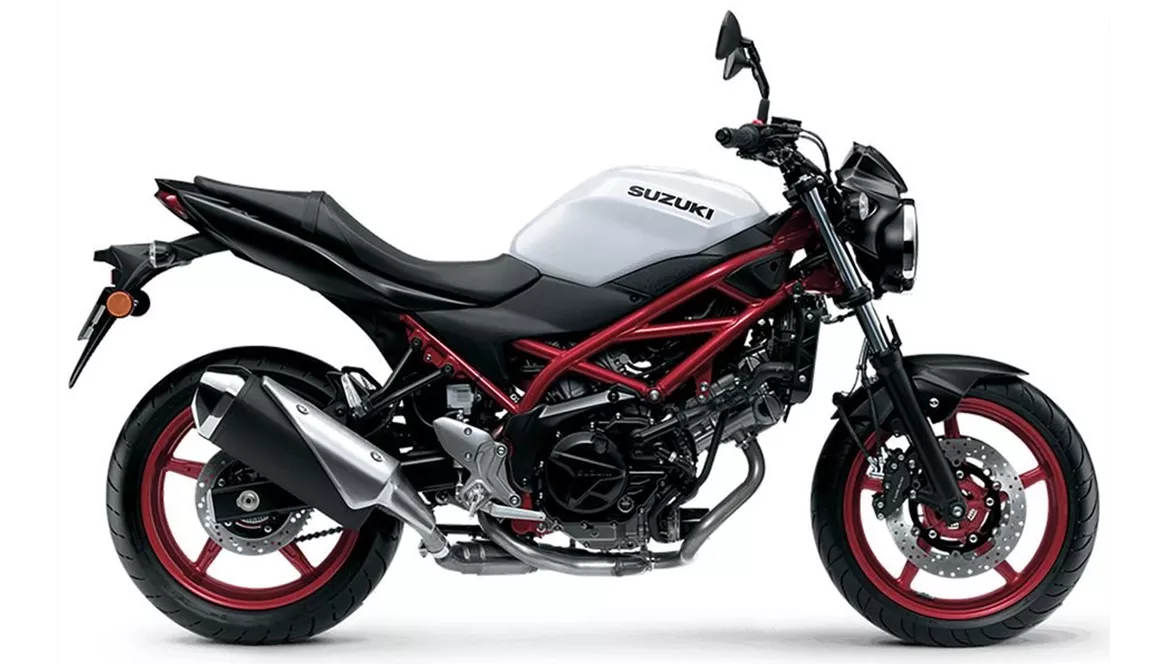
Suzuki SV 650 2021
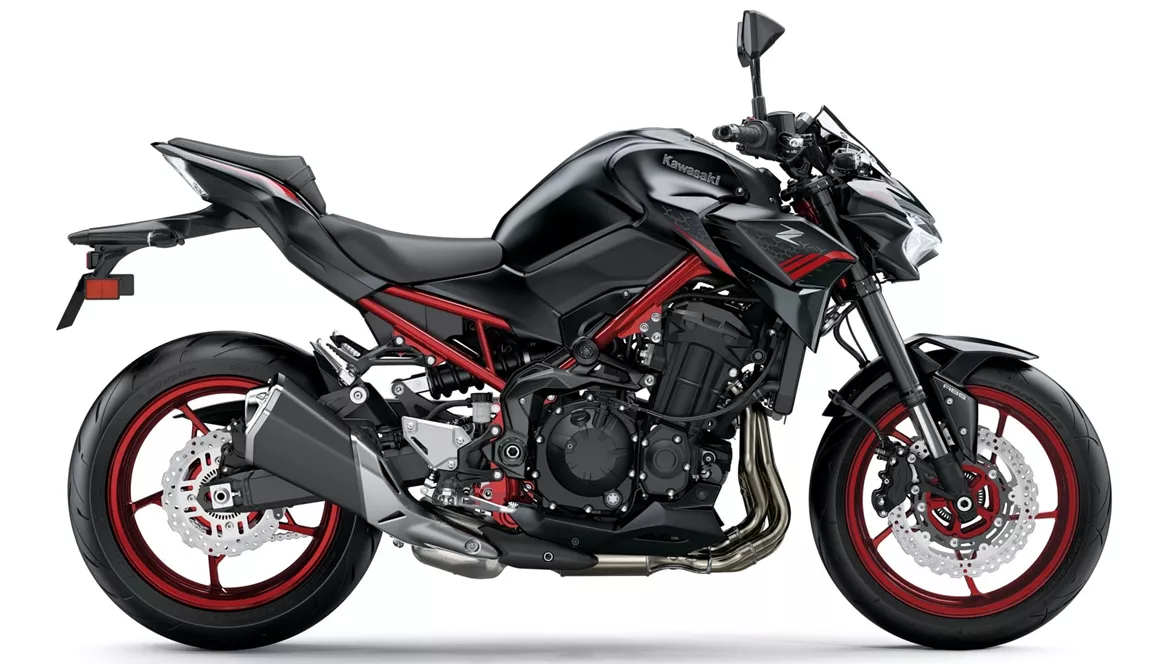
Kawasaki Z900 2021
Overview - Suzuki SV 650 2021 vs Kawasaki Z900 2021
The Suzuki SV 650 2021 and the Kawasaki Z900 2021 are both naked bikes that offer unique features and performance capabilities. The Suzuki SV 650 2021 is equipped with a V2 engine that delivers 73 HP of power and 64 Nm of torque. It has a displacement of 645 ccm and features a liquid cooling system. The Kawasaki Z900 2021, on the other hand, is powered by an in-line four-cylinder engine that produces a higher power output of 125.4 HP and torque of 98.6 Nm. It has a larger displacement of 948 ccm and also utilizes a liquid cooling system.
In terms of suspension, both bikes feature a swing arm rear suspension with a monoshock absorber. However, the Suzuki SV 650 2021 is equipped with a telescopic fork front suspension with preload adjustment, while the Kawasaki Z900 2021 boasts an upside-down telescopic fork front suspension with preload and rebound adjustment. The Kawasaki Z900 2021 also has an advantage in terms of rear suspension material, as it utilizes aluminum instead of steel like the Suzuki SV 650 2021.
When it comes to the chassis, both bikes have a steel frame. However, the Suzuki SV 650 2021 has a tubular frame type, while the Kawasaki Z900 2021 features a double cradle frame type. This difference in frame type may contribute to variations in handling and stability.
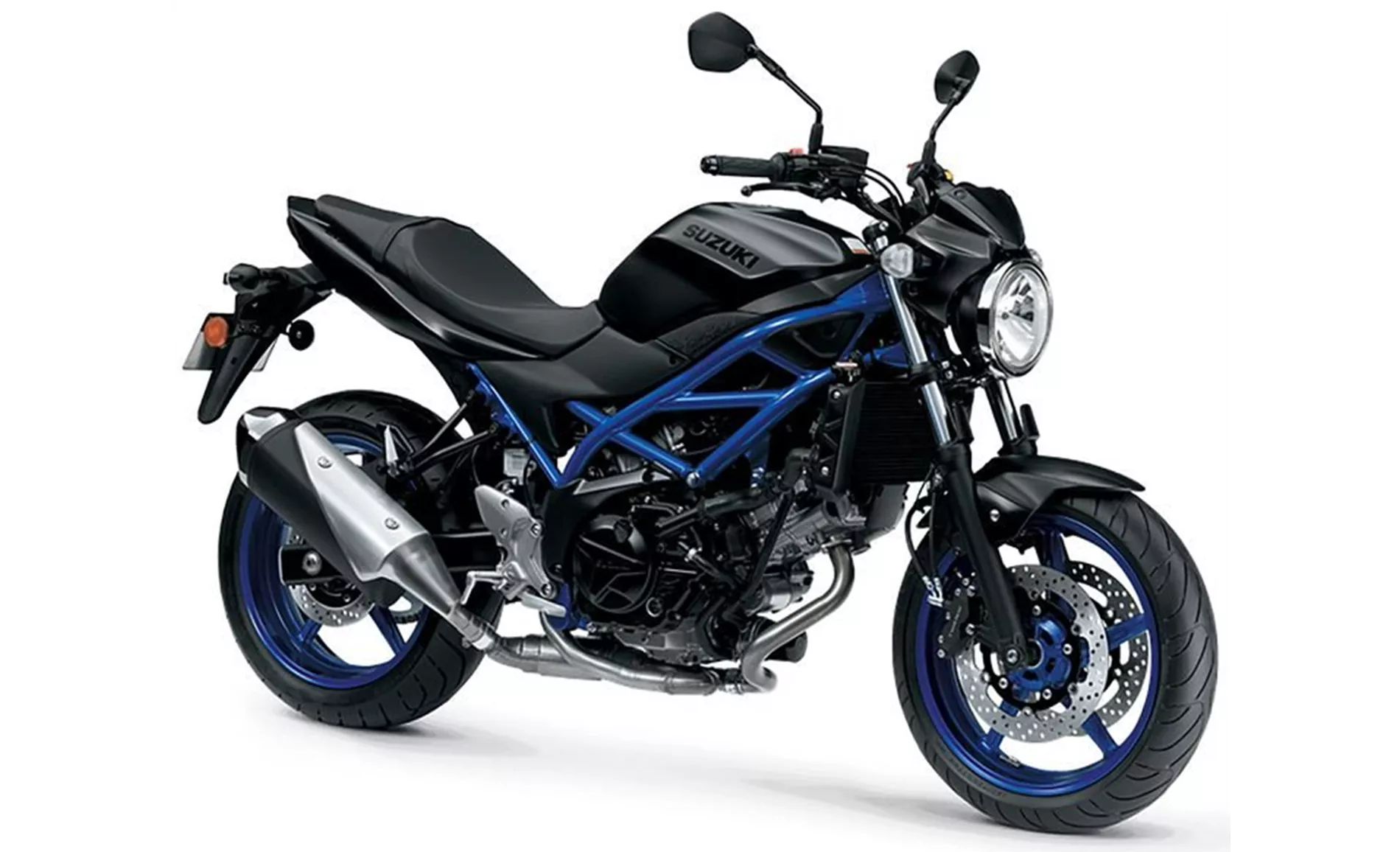
Suzuki SV 650 2021
In terms of braking, both bikes are equipped with double disk brakes on the front with a diameter of 290 mm for the Suzuki SV 650 2021 and 300 mm for the Kawasaki Z900 2021. Both bikes also feature four-piston calipers for optimal braking performance. Additionally, both bikes are equipped with ABS as an advanced rider assistance system.
In terms of dimensions and weights, the Suzuki SV 650 2021 has a front tire width of 120 mm and a rear tire width of 160 mm, both with a diameter of 17 inches. It has a wheelbase of 1445 mm and a seat height of 785 mm. The kerb weight of the Suzuki SV 650 2021, including ABS, is 200 kg. On the other hand, the Kawasaki Z900 2021 has a front tire width of 120 mm and a rear tire width of 180 mm, also with a diameter of 17 inches. It has a slightly longer wheelbase of 1450 mm and a slightly higher seat height of 795 mm. The kerb weight of the Kawasaki Z900 2021, including ABS, is 210 kg.
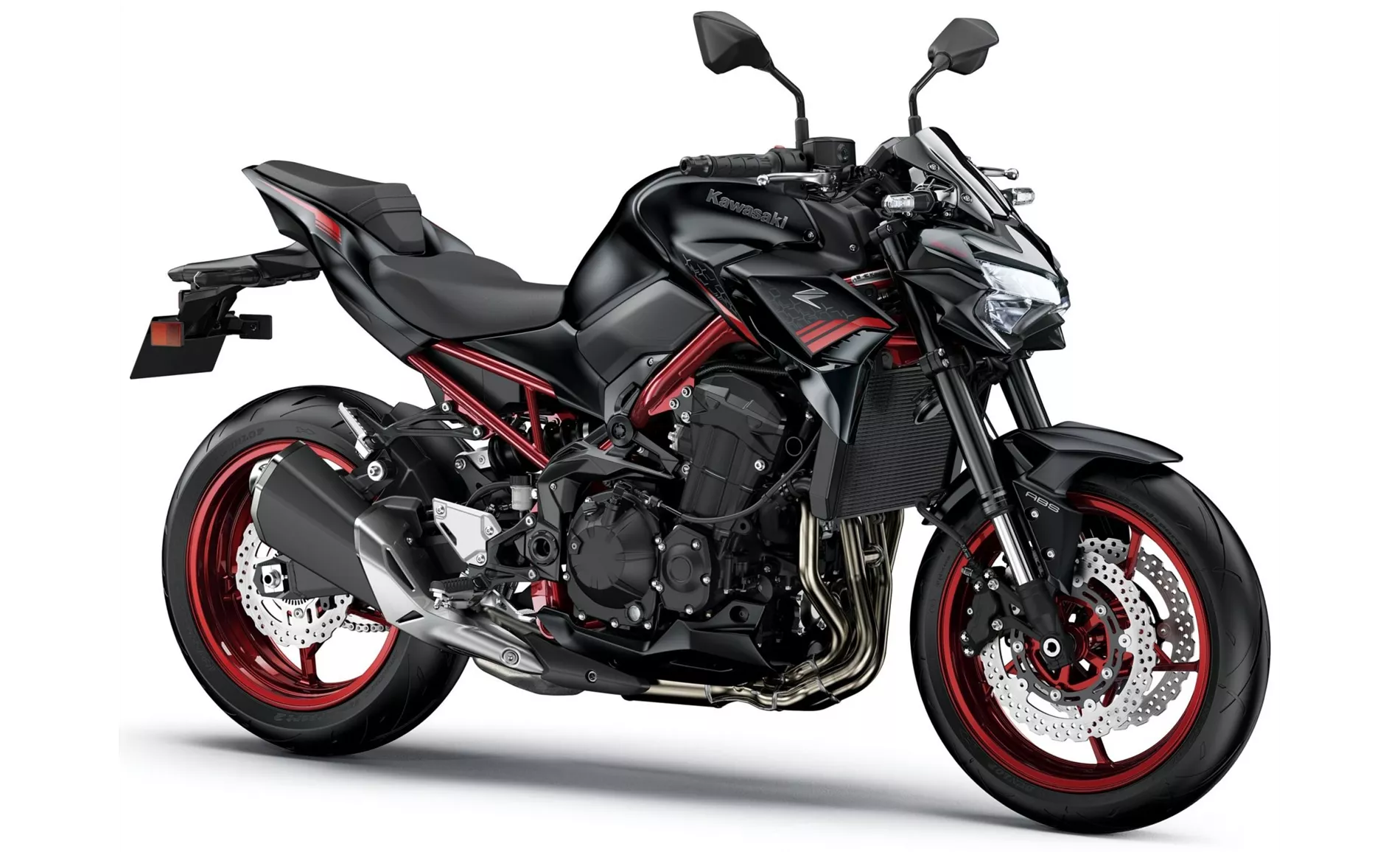
Kawasaki Z900 2021
In terms of strengths, the Suzuki SV 650 2021 is praised for its confident V2 powerplant with character, stable chassis, comfortable seating position, easy handling, and timeless look. On the other hand, the Kawasaki Z900 2021 is commended for its powerful four-cylinder engine, intuitive handling, good equipment, aggressive looks, and value for money.
However, both bikes also have their weaknesses. The Suzuki SV 650 2021 is criticized for its brake that requires manual force, lack of electronics on board apart from ABS, and moderately readable instruments. The Kawasaki Z900 2021, on the other hand, does not offer a quickshifter option and is considered to be behind competitors with a 6-axis IMU in terms of electronic features.
Overall, the Suzuki SV 650 2021 and the Kawasaki Z900 2021 are both capable naked bikes with their own unique strengths and weaknesses. The choice between the two ultimately depends on the rider's preferences, priorities, and budget.
Technical Specifications Suzuki SV 650 2021 compared to Kawasaki Z900 2021
Pros and Cons in comparison
Pros and Cons in comparison
Suzuki SV 650 2021
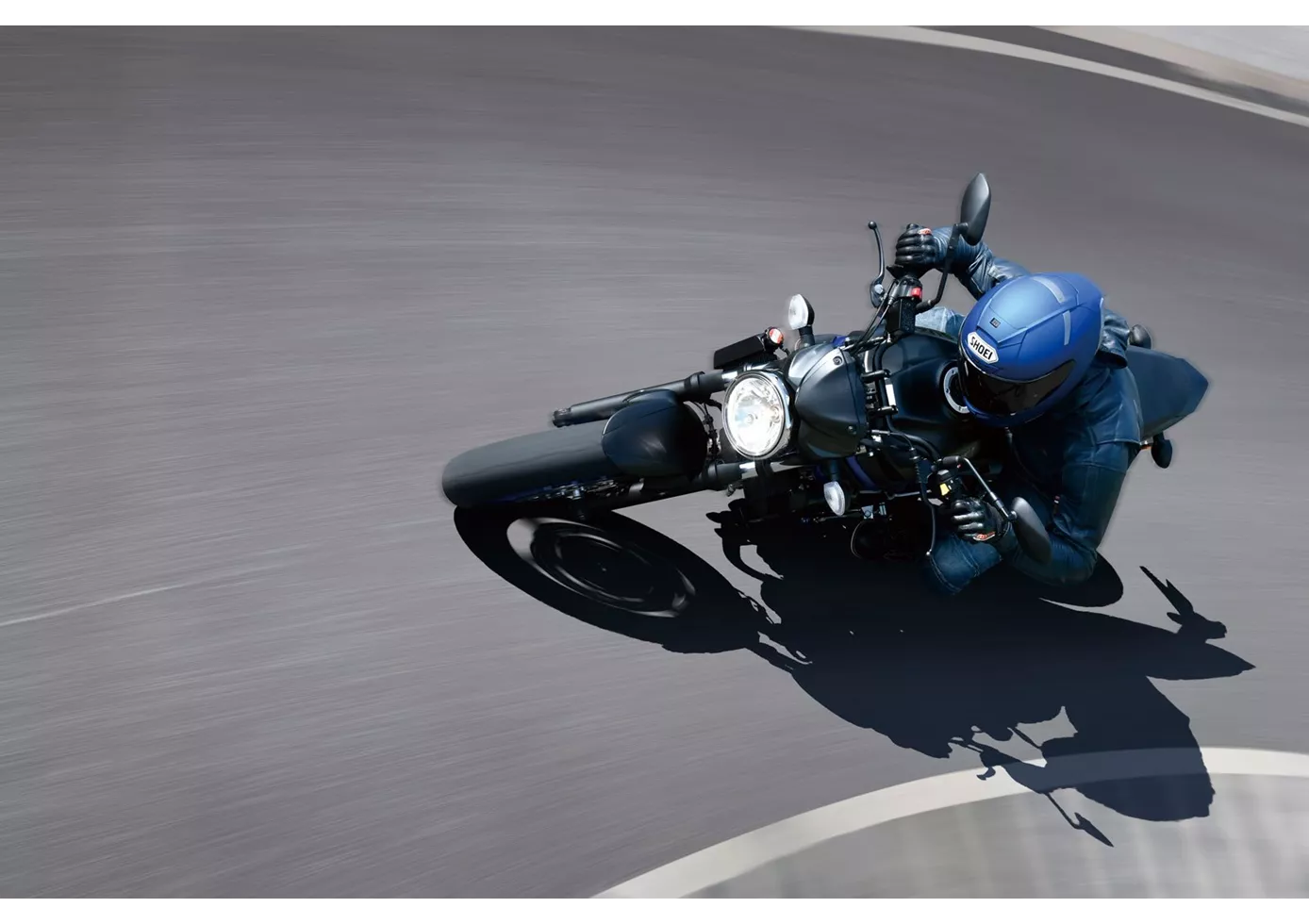
Not much has changed on the Suzuki SV 650 compared to its predecessor, five years ago. The engine has been updated to Euro5 and is now even more mature, which fits in perfectly with the rest of the package. The SV 650 doesn't want to scare anyone, especially beginners. The chassis makes a solid, unagitated impression, the brakes require a lot of manual force to prevent unexpected overbraking. The look is timeless on the one hand, but on the other hand some components are really a bit outdated. On the other hand, the price is fair, as usual for Suzuki.
Kawasaki Z900 2021
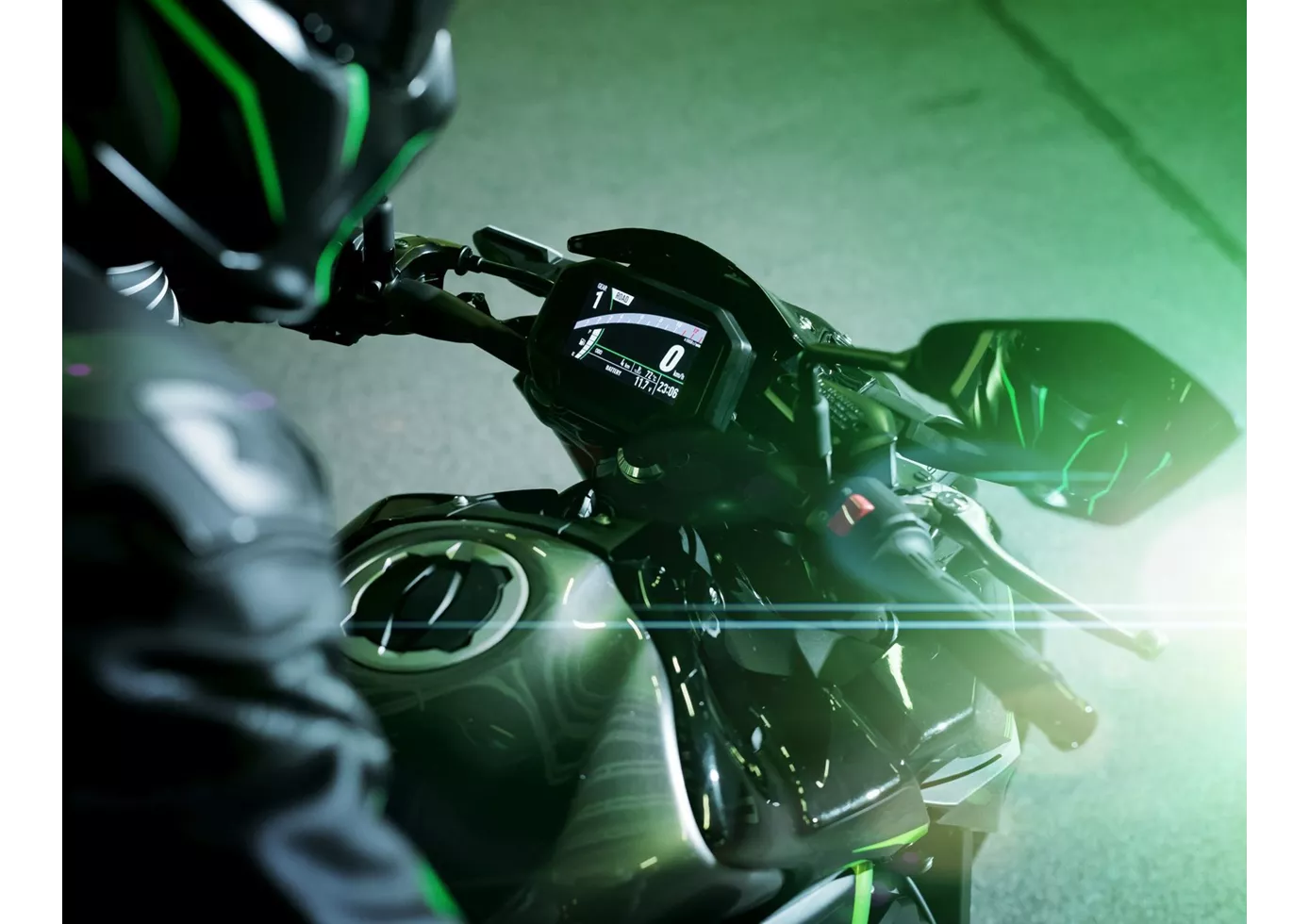
In terms of price-performance, the Kawasaki Z900 is hard to beat at the moment. With the perfectly tuned engine, the high-quality chassis components and the electronics added for 2020, this naked bike offers everything that sporty riders will be looking for. There is really nothing to complain about, except for the lack of a quickshifter option.
Price Comparison Avarage Market Price Suzuki SV 650 vs Kawasaki Z900
There are a few key differences between a Suzuki SV 650 2021 and a Kawasaki Z900 2021. In terms of price, the actual average price of a Kawasaki Z900 2021 is about 51% higher. Compared to Kawasaki Z900 2021 there are less Suzuki SV 650 2021 bikes available on the 1000PS.de Marketplace, specifically 13 compared to 33. It takes less time to sell a Kawasaki Z900 with 107 days compared to 111 days for the Suzuki SV 650. Since model year 2005 1000PS.de editors have written 25 reviews for the Suzuki SV 650 and 46 reviews for the Kawasaki Z900 since model year 2017. The first review for the Suzuki SV 650 was published on 26/09/2008 and now has more than 14,200 views. This compares to more than 93,200 views for the first review on Kawasaki Z900 published on 11/11/2016.
